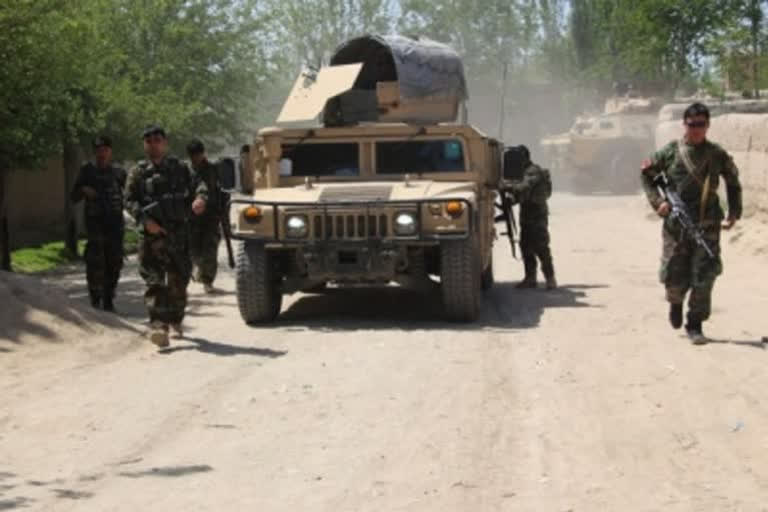New Delhi: Riding on a victory wave replete with a hasty US withdrawal and an abject capitulation by the Afghan army, to say that the Taliban has become stronger may be an obvious understatement. The insurgent organization may soon gleefully lay its hands on the vast array of military resources left behind.
Just to help the Afghan government provide security in Afghanistan, the US had pumped in about $89 billion as of June 30, 2021. With the Ashraf Ghani-led Afghan government’s sudden fall, it would be safe to assume that a substantial chunk of those investments has fallen into the Taliban hands.
Just to give an idea, according to the US government official figures, in the three months from April to June 2021, the US handed over to the Afghan National Defense and Security forces (ANDSF) six A-29 light attack aircraft, 174 High Mobility Multipurpose Wheeled Vehicles (Humvees), about 10,000 2.75 inch high-explosive rockets, 61,000 40-mm high explosive rounds, 9,00,000 rounds of .50 calibre ammo, and 20,15,600 rounds of 7.62 mm bullets.
While a stock-taking exercise is yet to begin in the war-ravaged country because of the prevailing circumstances, it is very likely that the Taliban may have taken possession of most of those assets.
Also read:Afghanistan falls to Taliban again after twenty years
Broadly, the US-led NATO withdrawal from Afghanistan has given on a platter to the Taliban something that the largely ragtag outfit of insurgents possibly never dreamt of—an up and running air force, a professionally-trained and well-equipped military most of whom gave in to the insurgents along with their fighting equipment and expansive and state-of-the-art military bases.
Air force assets
The Afghan Air Force (AAF) operates three types of helicopters which include the 45 UH-60 Blackhawks, 50 MD-530s, and 56 Mi-17 helicopters besides its A-29 Super Tucano fighters (23 in number), C-130 Hercules transport aircraft, C-208 utility aircraft, and AC-208 fixed-wing aircraft.
